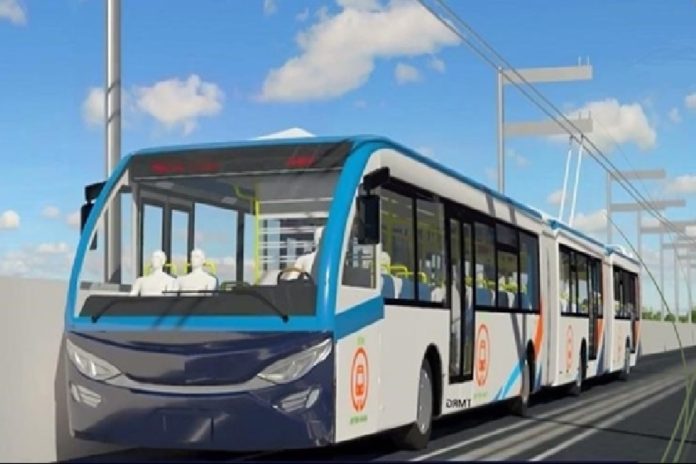Snapshot
-
Metro Neo is a cutting-edge mass rapid transit system (MRTS) that runs on rubber tyres.
The system can be upgraded to Light Metro in the future with incremental cost input based on traffic demand.
Deputy Chief Minister Devendra Fadnavis said on Sunday (23 October) that the BJP-Shiv Sena government intends to pilot a “Metro Neo’ system in Nagpur, similar to the one proposed in Nashik.
It is intended to be piloted in Nagpur Metro Rail Project Phase-II.
Fadnavis made it clear that the bulk of metro rail coaches in the second phase would be similar to those in the first phase, and Metro Neo coaches would only be introduced in very limited numbers.
The Maharashtra government was instructed by Prime Minister Narendra Modi to ensure that ‘Metro Neo’ parts were ‘Made in India’ which will significantly lower overall project costs, reports the Economic Times.
Nagpur Metro Rail Project Phase-II consists of the following 4 extensions of two corridors of Phase-I, totalling 43.8 km
- MIHAN – MIDC ESR – 18.6 km
- Kanhan River – Automotive Square – 13.0 km
- Prajapati Nagar – Kapsi – 5.5 km
- Lokmanya Nagar – Hingna – 6.7 km
Phase II will connect the satellite cities of Nagpur and will highly benefit a population of over 10 lakh residing in these areas. It is scheduled to be completed in 2026.
When it is operational, the total length of the Nagpur Metro project will be 82 km.

Metro Neo:
Metro Neo is a cutting-edge mass rapid transit system (MRTS) that runs on rubber tyres. It is a trolleybus system with overhead electric traction that is articulated or bi-articulated.
The buses will be air-conditioned, with an automatic door-closing system, level boarding, comfortable seats, passenger announcements, and an information system with an electronic display.

It is seamless, quick, dependable, and cost-effective. It will provide an international-standard travel experience equivalent to the Metro system.
It is a comfortable, energy-efficient, low-noise, and environmentally friendly system. It has been designed to negotiate sharp curves and steep gradients with minimal rehabilitation requirements.
The system can be upgraded to Light Metro in the future with incremental cost input based on traffic demand.


